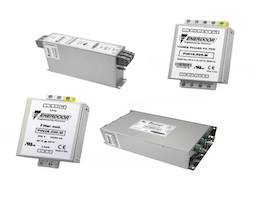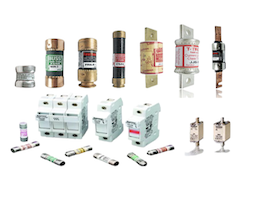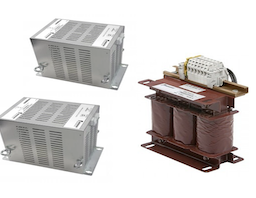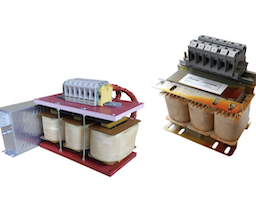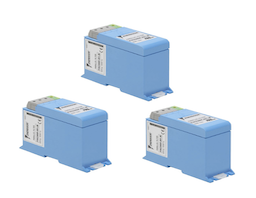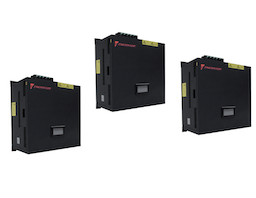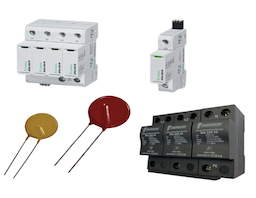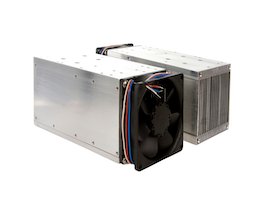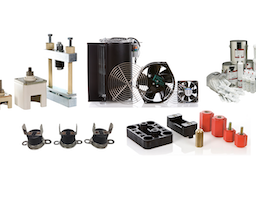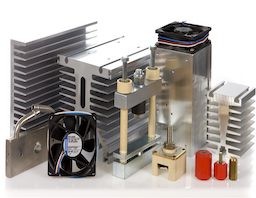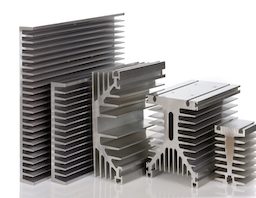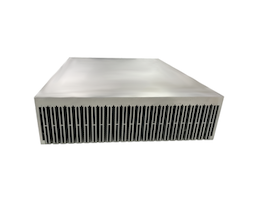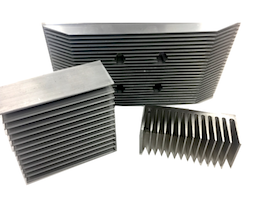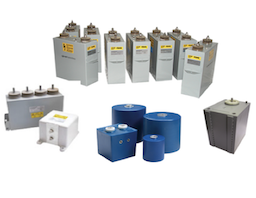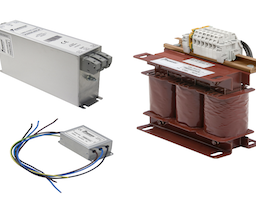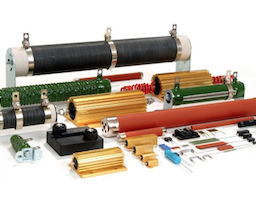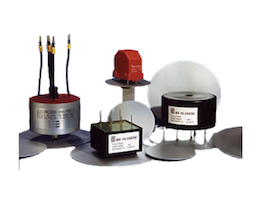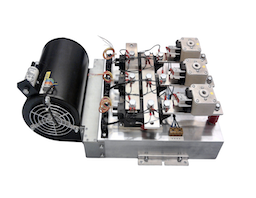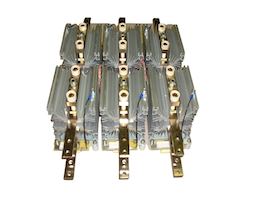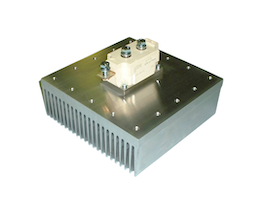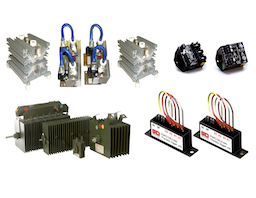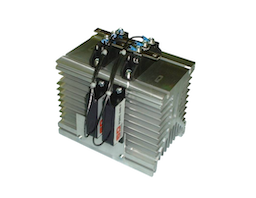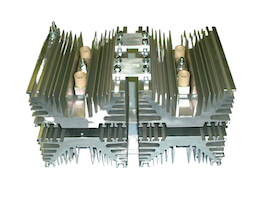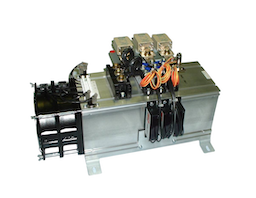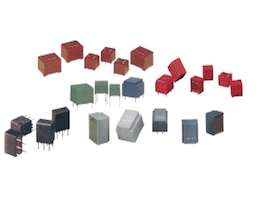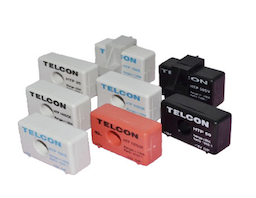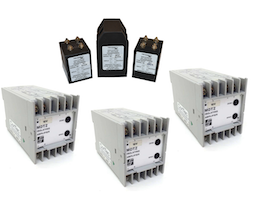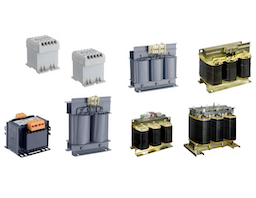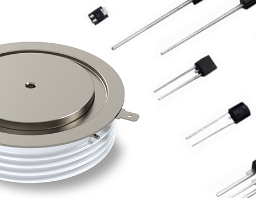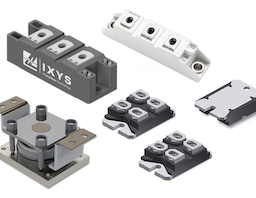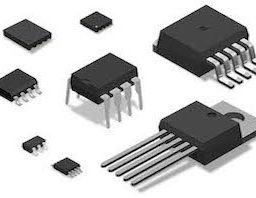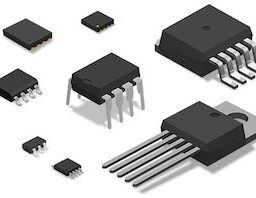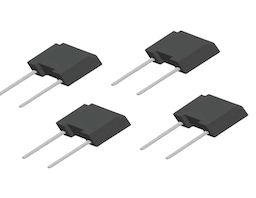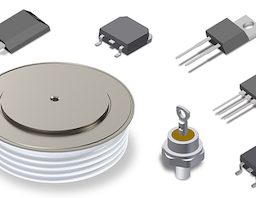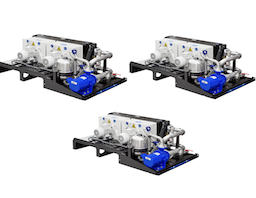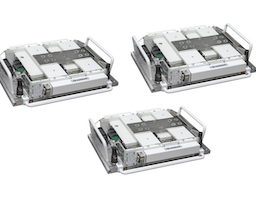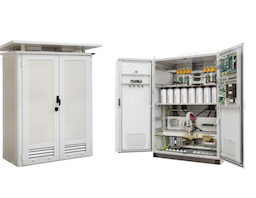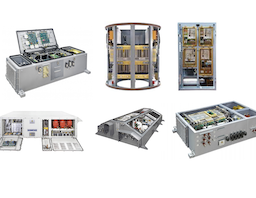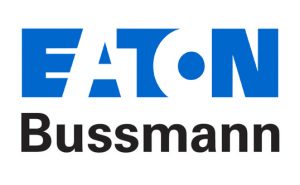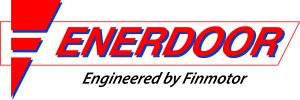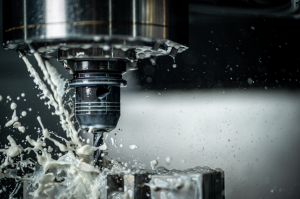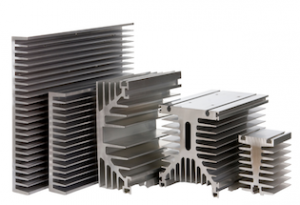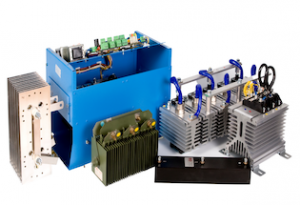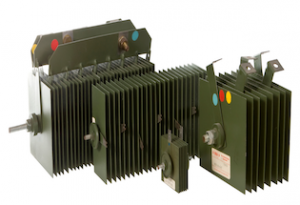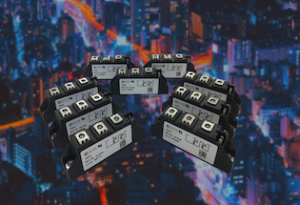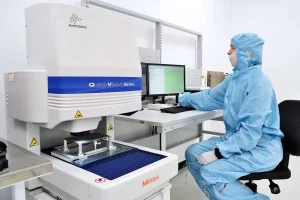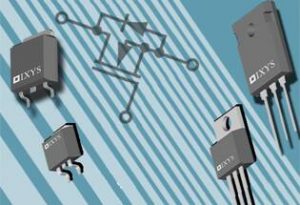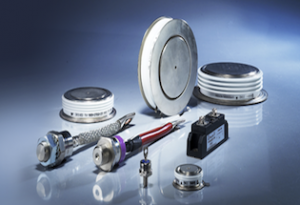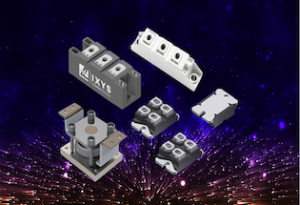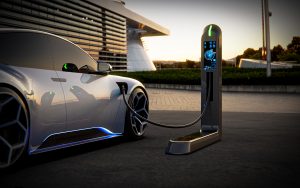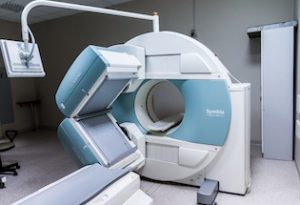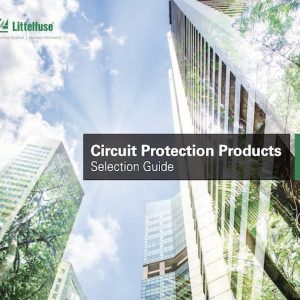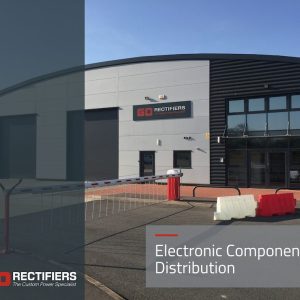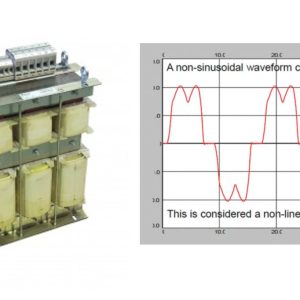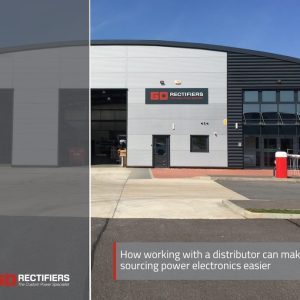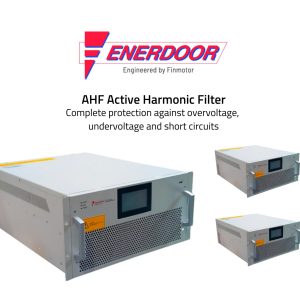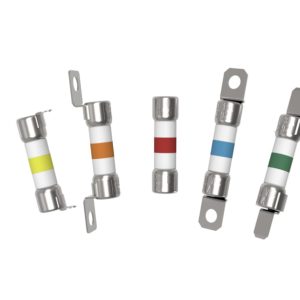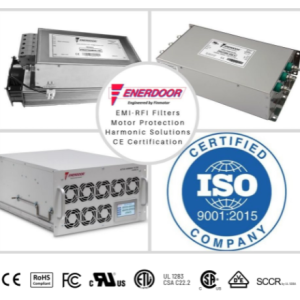09.05.2024
Harmonics in Electrical Power Systems
GD Rectifiers collaborates with Enerdoor to explore the types of harmonics in electrical power systems and the Enerdoor solutions to reduce harmonics

What are Harmonics in electrical power systems?
Harmonics are currents or voltages with frequencies that are integer multiples of the power frequency. Harmonic frequencies are produced by the action of non-linear loads such as rectifiers, discharge lighting or saturated electric machines. Harmonics are a common power quality problem and can result in increased equipment heating, misfiring in variable speed drives and torque pulsations in motors and generators.
There are two types of harmonics; voltage or current, and the order of the harmonic (even, odd, triplen, or non-triplen odd) in a three-phase system, they can also be further categorised by their phase sequence (positive, negative, zero). The presence of harmonics in electrical systems means that the current and voltage are distorted and deviate from sinusoidal waveforms.
Current Harmonics in electrical power systems
Current harmonics in power systems are caused by non-linear loads. Semiconductor devices such as diodes, IGBTs and MOSFETs are all non-linear loads. Other examples of non-linear loads include office equipment such as computers, printers, fluorescent lighting, battery chargers and variable speed drives. Non-linear loads create distortion to the sinusoidal voltage waveform supplied by the device which can result in resonance. If the waveforms of the three-phases are symmetrical, the harmonic multiples of three are suppressed by delta connection of transformers and motors.

Harmonics graph supplied by The Enerdoor Group, December 2023
Voltage Harmonics
Voltage harmonics are usually caused by current harmonics. The voltage provided by the voltage source is normally distorted by current harmonics due to source impedance. If the source impedance is small, current harmonics will cause only small voltage harmonics. Voltage harmonics are usually smaller than current harmonics and so the voltage waveform can usually be estimated by the fundamental frequency of voltage.
Harmonics – The Problem

Common Harmonic Problems
Some of the most common harmonic problems include:
- High current on neutral line
- Damage of capacitor bank
- Voltage distortion in the network
- Increasing losses in transformers
- Vibrations and increasing losses in motors
- Inopportune intervention of circuit breaker
- Cost of energy
How to evaluate Harmonics?

Difference between THD and TDD

THD has always the same value (50%) but the second condition is much worse than the first. The quantity of harmonic is bigger (250A vs. 25°). Knowing with the full rated current the TDD immediately gives weight of the harmonics.
Harmonic Filters Application
Three phase plus neutral single phase loads. In this configuration the 3rd harmonic and multiple of 3rd will sum in the neutral. It means that you can have 3 times the current harmonic that is present on the phase. This can generate overheating on the neutral line, and can increase the voltage between neutral and phase.

Damage of a capacitor bank
- The bank capacitor for PFC correction can have resonance at the harmonic frequencies, in such cases the current on these capacitors can be high and cause damage.
- Problems on the bank capacitor for PFC correction can increase the cost of maintenance
- The damage of the capacitor could increase the cost of energy if a penalty is given for low PF

Voltage distortion in the network
The transformer can easily saturate with harmonics:
- Overloads due to peak current
- Create distortion on the voltage
- The current harmonic could increase due to this effect
Enerdoor’s Voltage Distortion Case Study
Case Study 1 – Transformer power 1 MVA load 50 KW
Almost no effect on the voltage distortion

Case Study 2 – Transpower power 1 MVA Load 500 KW
High distortion in the voltage, dangerous for motors and electronic equipment

Increasing losses in transformers
- Distortion in current increases losses in the copper due to the skin effect
- The skin effect reduces the area of the conductor to increase the resistance and the losses
- Increasing the frequency makes the harmonic current resistance higher
- Distortion in voltage increases losses in the iron, increasing the cost of energy
- Increasing loss in iron and copper increases the temperature and decreases the life expectancy of the device
Increasing losses in motors
Voltage harmonics create electric fields in the motor at different frequencies which can
- Increase vibrations
- Increase losses
- Increase temperature
- Reduce device life expectancy
Inopportune intervention of circuit breakers
- Due to harmonics, thermal protection can be affected if the RMS value is less than the level of intervention
- The differential protection might not read the value of differential current correctly and evaluate a fault leakage current
- Voltage distortion increases the leakage current in presence of filters
- Without inopportune intervention of a circuit breaker, the cost of production downtime could be catastrophic
Cost of energy and efficiency
- The current and voltage harmonics increase the losses. Cleaning the harmonics will reduce the cost of energy due to the losses
- The harmonic filter doesn’t reduce the power that is necessary to work
- A consequence of the reduction of current distortion could have a high impact on maintenance costs
Harmonic Standards
The following standards are commonly used in harmonics
- EN61000-3-2 (up to 16A)
- EN61000-3-12 (up to 75A)
- IEEE 519 (most popular standard at the moment)
- ER G5/4
Enerdoor Harmonic Solutions
Enerdoor offers a wide range of solutions for drives starting from THD around 60%.
- DC Reactor – min THD 30%
- Line Reactor – min THD 30-35%
- 12 Pulse Drives – min THD 10%
- Active Front End – min THD 5%
- Passive Filters – min THD 5%
- Active Filters – min THD 5%
Benefits of using Enerdoor’s Line Reactors (LRT)
- Based on drop voltage (3, 4, 5%)
- Is in series to the load, so must be considered the total current for selecting the product
- Can arrive up to 25%
- Easy to select
- Used as an accessory for the drive
Benefits of using Enerdoor’s DC Reactors
- Goes on the DC bus of the drive
- Single-phase reactor on three-phase drives
- Can arrive up to 25%
- Easy to select
- Used as an accessory for the drive
Benefits of using Enerdoor’s Passive Filters
- Based on LCL circuit
- Is in series to the load, so must be considered the total current for selecting the product
- Can arrive up to 5% but can be big
- Best attenuation at full load, the attenuation is fixed and normally can guarantees the TDD demand
- Can introduce drop voltage
- Cost-effective solution
- Easy to install
Benefits of using Enerdoor’s Active Filters
- Essentially an inverter, able to create the harmonic current in opposite to the existing, so the result is a compensation of the harmonic
- Same attenuation at different currents
- Compensates reactive power
- Normally requires simple commissioning
- Size of the filter must be selected considering the current harmonic to compensate
Harmonic Passive Filter Applications
- System integrators
- Water plant system integrator
- Drive manufacturers
- OEM manufacturers
- HVAC systems
Harmonic Active Filter Applications
- Metal working
- Packaging
- Food Processing and Packing
- Hospitals
- Shopping centres
- Drive Manufacturers
- OEM manufacturers of air conditioning systems
GD Rectifiers has been Enerdoor’s exclusive UK distributor since 2017, distributing the manufacturers range of passive harmonic filters, active harmonic filters, common mode chokes, EMI filters, DC EMI filters, line reactors, medical and military filters, parallel filters, power factor correction, voltage stabilisers, motor protection and surge arresters.
Please contact GD Rectifiers by calling our team on 01444 243 452 or emailing [email protected] to discuss your requirements.
